Looking to bump up your monthly income? There are a lot of options to consider.
Monthly income funds, also sometimes called monthly income plans (MIPs), have a mandate of producing monthly cash flows and protecting capital.
These funds typically contain a mix of high-yielding investments such as:
- Dividend-paying common stock
- Preferred shares
- Bonds
- Real estate investment trusts (REITs)
Always look through a fund’s holdings to see what it is investing in. Here are some of the best monthly income funds in Canada.
Different Investments within a Monthly Income Fund
You may come across a bond, a common share, a REIT, and a preferred share that all pay a hypothetical 3% annualized yield. These investments all have different factors that affect their performance and have different risks involved.
Common Stock and High-Yield Bonds
Regular dividend-paying stocks and some high-yield bonds are typically the highest-risk investments that you will find in a monthly income fund. Common shares can always go to zero, and common shareholders are generally paid last in the event of bankruptcy.
High-yielding bonds also have a chance to go to zero, if the company defaults on its debt obligations.
A company has to issue high-yielding debt because it is usually in a very risky situation. This debt may also be lower in a firm’s capital structure.
Preferred shares and REITs are usually considered slightly lower risk. Preferred shareholders are paid before common shareholders in the event of bankruptcy.
Real estate as a sector has generally been considered as having a risk profile lower than stocks and higher than investment-grade bonds.
Investment-Grade Bonds
These bonds are usually the safest out of all of the investments typically found within a monthly income fund. These corporate bonds are issued by reputable companies and get paid out before shareholders in the event of a default.
We’ll outline some of the best monthly income funds in Canada and discuss their features below. Our list will contain both mutual funds and ETFs.
Best Monthly Income Funds in Canada
- iShares Diversified Monthly Income ETF (XTR.TO)
- PIMCO Monthly Income ETF (PMIF.TO)
- BMO Monthly Income ETF (ZMI.TO)
- RBC US Monthly Income Fund F (Mutual Fund)
- TD US Monthly Income Fund F (Mutual Fund)
- Manulife Global Monthly High Income Fund (Mutual Fund)
- Franklin US Monthly Income Fund (Mutual Fund)
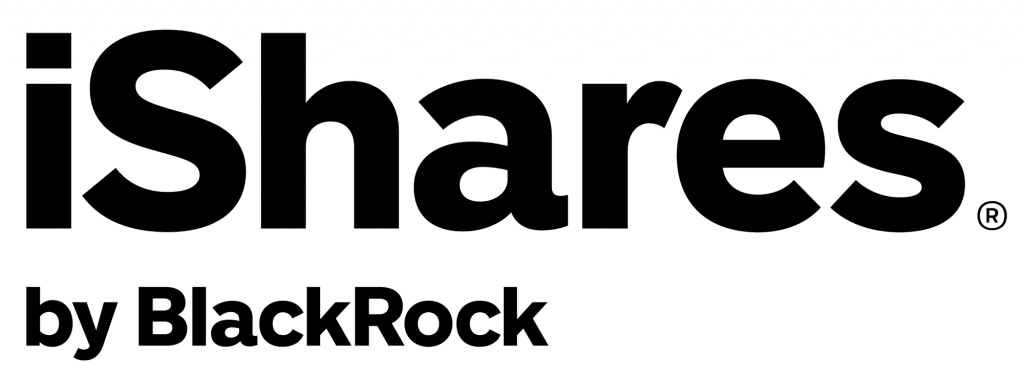
- Ticker: XTR.TO
- Inception Date: December 19, 2005
- Assets under Management: $403.63 million
- Management Expense Ratio: 0.62%
- Listed on: Toronto Stock Exchange
- Annualized Yield: 4.84%
- Stock Price: $10.26
- YTD Return: 0.33%
The first fund on our list is an ETF by iShares. XTR invests mainly in Canada and the US through roughly ten stock and bond ETF positions. This would categorize it as a fund-of-funds.
The ETF is fairly large and has an average MER for a monthly income fund-of-funds. Since it invests in several ETF positions, your investment is very well diversified.
Each of the ETFs held within XTR can invest in tens or hundreds of stocks or bonds.
The ETF pays a great yield monthly and has a long performance track record. The ETF does not hedge out any currency fluctuations between the Canadian dollar and other currencies.
XTR is a great choice to consider as a monthly income fund for your portfolio as it invests in both stock and bond ETFs.
2. PIMCO Monthly Income ETF

- Ticker: PMIF.TO
- Inception Date: September 29, 2017
- Assets under Management: $16.8 billion (including mutual fund version)
- Management Expense Ratio: 0.84%
- Listed on: Toronto Stock Exchange
- Annualized Yield: 4.83%
- Stock Price: $17.97
- YTD Return: 0.66%
The second fund on our list is a massive ETF actively managed by PIMCO. PMIF invests across a wide range of investments in the fixed income space (mainly bonds), making it less diversified than XTR.
PMIF (and the PIMCO monthly income mutual fund) is an extremely popular fund with a lot of advisors within Canada who use it in their fixed income models.
It comes with a high MER, but it is actively managed by some of the best portfolio managers in the bond world.
As a fixed-income focused monthly income fund, PMIF is exposed to a lot of bond-specific risks. The main one is interest rate risk.
PMIF trades on the TSX, and hedges any currency fluctuations between the US dollar and Canadian dollar. The ETF pays a decent yield and comes with a shorter performance track record. The mutual fund version of the fund has a much longer track record.
PMIF is another good choice to consider for a monthly fund. Keep in mind that it pays less, costs more, and is more poorly diversified than XTR.
3. BMO Monthly Income ETF
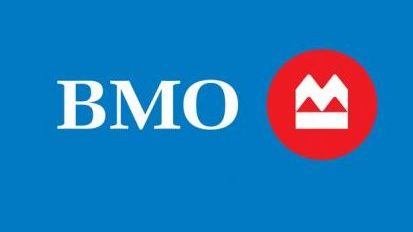
- Ticker: ZMI.TO
- Inception Date: January 28, 2011
- Assets under Management: $113.96 million
- Management Expense Ratio: 0.61%
- Listed on: Toronto Stock Exchange
- Annualized Yield: 5.19%
- Stock Price: $16.08
- YTD Return: 0.91%
The last ETF on our list is offered by BMO. ZMI invests in fixed income and equity BMO ETFs, making it another fund-of-funds. It is a global ETF that’s diversified well between North America and globally.
The ETF is the smallest of the three but still decently sized. In terms of cost, it has the lowest MER out of the three ETFs. Since ZMI invests in roughly ten ETF positions, your investment is very well diversified. Each of the ETFs held within likely invests in tens or hundreds of stocks or bonds.
The ETF pays a great yield monthly and has a long performance track record. The ETF does contain some partially-hedged ETF positions, meaning you will be exposed to some foreign exchange risk.
ZMI is another great and inexpensive choice to consider as a monthly income fund.
4. RBC US Monthly Income Fund F (Mutual Fund)
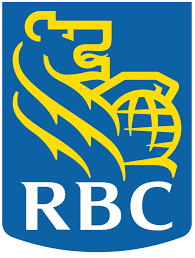
- Fund Code: RBF503 (CAD Series F), RBF587 (USD Series F)
- Inception Date: May 24, 2005
- Assets under Management: $1.34 billion
- Management Expense Ratio: 1.59%
- Annualized Yield: 2.1%
The first mutual fund on our list is offered by RBC. RBF503 invests in a very wide range of asset classes, from ETFs to stocks to REITs, mainly in the US.
The mutual fund is very large and has a high MER for a monthly income fund. Since the mutual fund targets a wide investment spectrum, your investment is very well diversified.
RBC US Monthly Income has a long performance track record and pays a lower yield than some of the other options on our list. The fund does not hedge out any currency fluctuations between the Canadian dollar and the US dollar.
RBC’s mutual fund may be a good option for your portfolio due to its long track record and size, but it comes at a high MER.
5. TD US Monthly Income Fund F (Mutual Fund)

- Fund Code: TDB2785 (CAD Series F), TDB2465 (USD Series F)
- Inception Date: September 10, 2013
- Assets under Management: $1.43 billion
- Management Expense Ratio: 0.83%
- Annualized Yield: 1.14%
The second mutual fund on our list is offered by TD. This mutual fund also invests in a very wide range of asset classes, from ETFs to stocks to REITs, mainly in the US.
The fund is smaller than RBC’s and has a slightly higher MER. From a diversification perspective, the fund invests very broadly across asset classes. Investments in this fund are well-diversified from a risk perspective.
TD’s US Monthly Income fund pays a much lower yield and has a shorter performance track record than RBC’s fund. It also does not hedge out any currency fluctuations between the Canadian dollar and other currencies.
TDB2785 is also a potential candidate for a monthly income fund but lags behind RBC’s fund in terms of favourable features. It comes with a higher MER and a very low annualized yield.
6. Manulife Global Monthly High Income Fund (Mutual Fund)
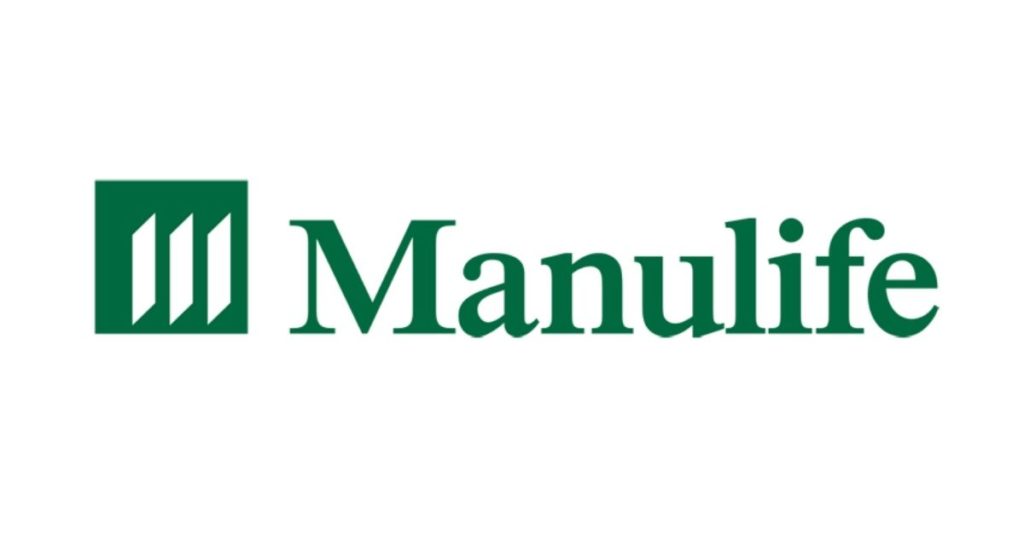
- Fund Code: MMF4613 (CAD Series F)
- Inception Date: August 19, 2011
- Assets under Management: $660.94 million
- Management Expense Ratio: 1.09%
- Annualized Yield: 1.94%
The next mutual fund on our list is offered by Manulife. MMF4613 invests globally across mostly stocks and bonds.
The mutual fund is large and has a very high MER for a monthly income fund. It holds over 600 individual holdings, making it extremely well diversified.
Manulife Global Monthly High Income pays a low yield and has a long performance track record. The mutual fund does not hedge out any currency fluctuations between the Canadian dollar and other currencies.
The fund’s very high MER and low yield make it hard to consider as a top contender on our list.
7. Franklin US Monthly Income Fund (Mutual Fund)

- Fund Code: TML3643 (CAD Series F), TML3654 (USD Series F)
- Inception Date: June 19, 2013
- Assets under Management: $273.18 million
- Management Expense Ratio: 0.96%
- Annualized Yield: 3.09%
The last fund on our list is a mutual fund offered by Franklin Templeton Investments. The fund invests mainly in dividend-paying stocks, bonds, and convertible securities in the US.
The fund is a fairly average size, with a high MER (but lower than Manulife’s). It holds a high number of holdings, making your investment well diversified.
Like the other US monthly income funds on our list, your investment will be geographically concentrated only in the US.
TML3643 pays a decent yield and has a long-term performance track record. The mutual fund does not hedge currency exposure between the Canadian dollar and other foreign currencies.
It is difficult to consider the Franklin US Monthly Income Fund as a top choice because of its high MER.
Which Fund is the Best for Monthly Income?
From our list above, we’ll pick our top ETF and mutual fund for monthly income in Canada.
On the ETF front, BMO’s ZMI ETF takes the top spot. It has the lowest MER, is geographically well-diversified, and pays a great yield. The fund is reasonably sized and has a long-term track record.
From among the mutual funds, RBC’s US Monthly Income Fund is the winner. It comes with the lowest fee among its mutual fund peers (still higher than most of the ETFs) and is well-diversified across asset classes. The fund pays a good yield and has a long-term track record.
Taxation and Different Distribution Types
When a fund or ETF pays distributions to an investor, you can usually choose to receive them in cash or reinvest them in the fund.
The income paid to you can have several sources – here is a historical example from RBC’s US Monthly Income Fund:
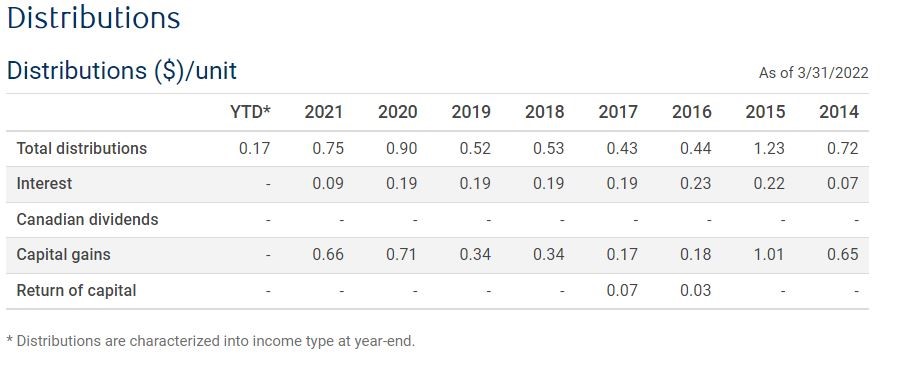
Interest, Canadian dividends, capital gains, and return of capital are all taxed differently in Canada.
Interest Income
Interest income is usually earned from investing in fixed income or bonds. It is usually treated as income and fully taxed at your marginal tax rate.
Canadian Dividends
Canadian dividends receive preferential tax treatment over interest income. Dividend income is usually “grossed-up,” and then offered a dividend tax credit.
Capital Gains
Capital gains from selling stock positions above their book cost are the most tax-efficient way to generate income. Generally, only 50% of these gains are taxed at your marginal tax rate.
Return of Capital
Return of capital (ROC) is simply the return of your initial investment. Since it was your money initially, it does not get taxed.
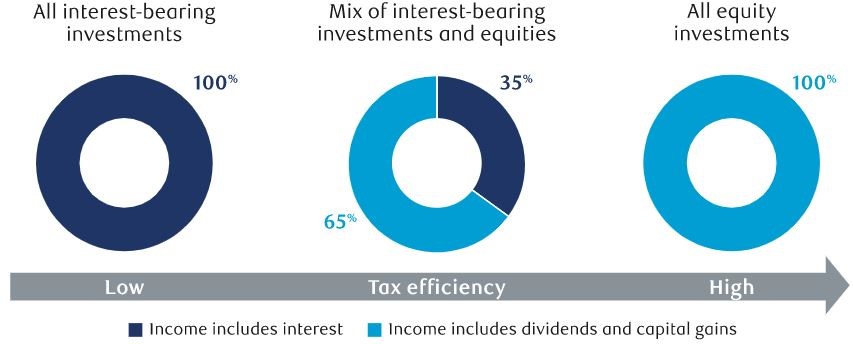
Make sure to understand how different investments are taxed because taxes can have a drastic impact on your after-tax investment returns.
Can monthly income funds provide a reliable source of income for retirees?
Monthly income funds can offer retirees a source of regular income. Their reliability, however, hinges on the underlying assets in the fund and the prevailing economic conditions.
Some funds prioritize more conservative, fixed-income assets, while others might take on riskier assets like equities or real estate investment trusts (REITs). It’s important for retirees to weigh the fund’s potential yield against its associated risks and their personal retirement goals.
How to Buy the Best Monthly Income Funds in Canada
The cheapest way to buy ETFs is from discount brokers. My top choices in Canada are:
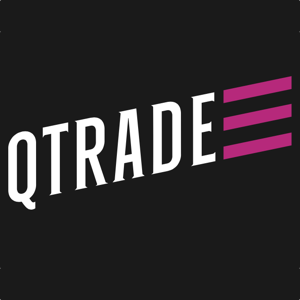
- 105 commission-free ETFs to buy and sell
- Excellent customer service
- Top-notch market research tools
- Easy-to-use and stable platform

- Stock and ETF buys and sells have $0 trading fees
- Desktop and mobile trading
- Reputable fintech company
- Fractional shares available
To learn more, check out my full breakdown of the best trading platforms in Canada.
Conclusion

Monthly income funds are a great way to access a steady cash flow stream monthly. If the underlying investments perform well, you should be able to earn income without eroding your initial investment.
We’ve outlined our top ETF and mutual fund pick for monthly income funds. Between mutual funds and ETF options, we typically recommend ETFs because of their lower fees and higher flexibility.
Make sure to consider other key factors beyond yield and fees when considering a monthly income fund for your particular situation. These factors could include geographical allocation, riskiness, and correlation between other portfolio assets.
Investors are rarely the same, so make sure to consider your own specific goals and objectives when building your investment portfolio.






You missed a great money market etf – ZMMK paying around 5% with no risk.
You could also include ZRR real return bonds returning well over 7%